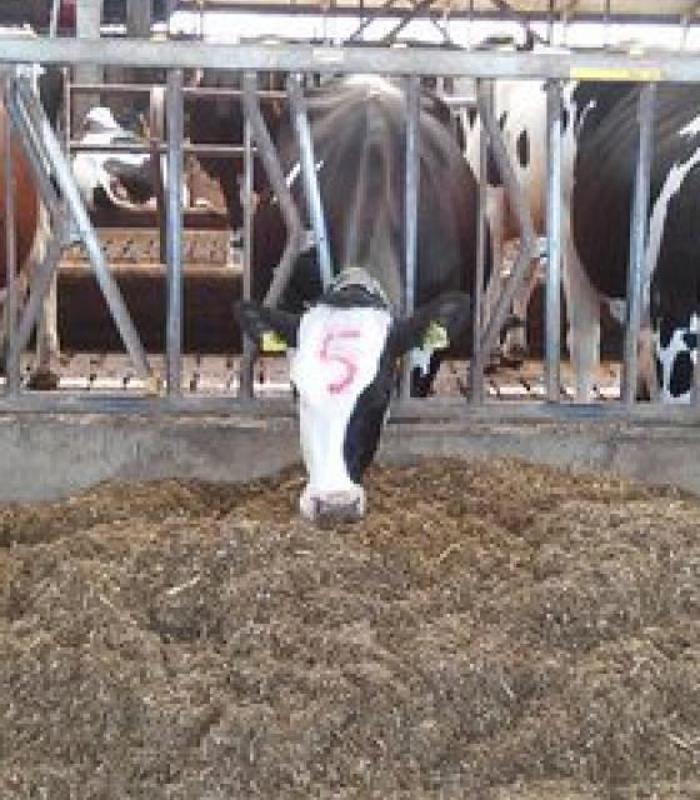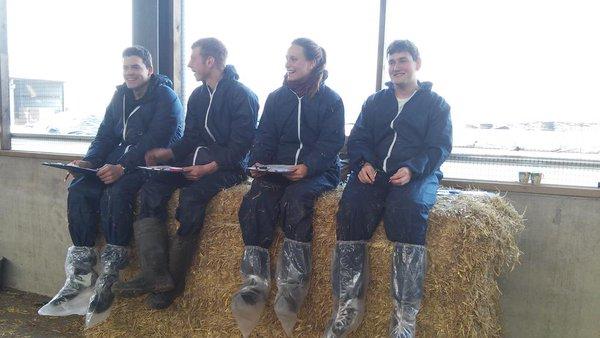HAS University of Applied Sciences has carried out a number of professional assignments over recent years for Nedap, a Dutch technology company that develops electronic systems for the livestock sector. One research project concerned activity meters round the legs and neck of cows. These meters are used predominantly to detect when a cow is on heat, but they can also be used for a variety of other purposes, such as monitoring animal welfare. HAS students enjoy carrying out this kind of research as it enables them to combine data analysis with being in the cowshed among the cows.
Addressing a scientific conference
HAS lecturers Lenny van Erp (Applied Biology) and Judith Roelofs (Animal Husbandry) were involved in the research. In the summer of 2017, they presented the results of the research at 2 international scientific conferences: Lenny at Precision Dairy Farming in Leeuwarden, the Netherlands and Judith at Buiatrics in Dublin, Ireland.
Validation of the activity meters
“As part of the research, the students first assessed if the activity meters did what they were supposed to do,” Lenny explains. “Observing behaviour was key to this. The practical tests took place at our test company, Hoeve Boveneind in Herwijnen. The cows had the meters round their legs and neck to register their behaviour: how often they lay down, stood up, walked and ate. The students then spent time in the shed observing the cows. They also recorded videoclips. They compared this data with the results from the activity meters. And what did they discover? That the data from the activity meters is accurate enough.”
Reliable on-heat detection
The research then specifically focused on on-heat detection. Judith: “The students could tell by the data if the cows were, for example, walking more than usual or moving their neck more often, which could be signs of them being on heat. They then took milk samples to check if ovulation had taken place and if the cow was ready for insemination. We carried out this research at 2 companies over 2 periods: the ‘in-shed period’ and the ‘meadow period’. The functioning of the meters seemed to be the same for both periods with, as a side note, the fact that the research was carried out at the end of the meadow period and that this may be different to at the beginning of the meadow period.”
Leg meter: new method
The first activity meters around the leg were simply pedometers. Now, they measure many more behavioural components: the spent time lying down, walking, standing up, and how often the cow stands up. “The extra characteristics of the leg meter increase the reliability of the monitoring process when the cow is on heat,” says Lenny. “But you also add extra features that have to do with animal welfare, for example lameness and illness. These additional features are still hard to interpret. There are a variety of reasons why a cow might be lying down more than usual, for example. So follow-up research is needed.”


